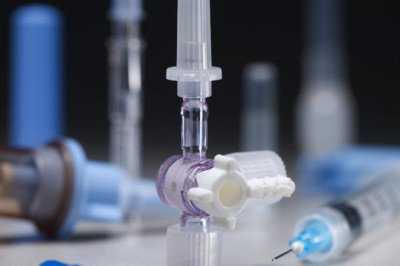
views
Talking about the sticker printing process
Talking about the sticker printing process
Stickers are also called self-adhesive labels, timely stickers, instant stickers, pressure-sensitive paper, etc., which are made of paper, film or special materials as the fabric, coated with adhesive on the back, and a silicon-coated protective paper as the base paper. Composite materials are processed into finished labels after printing and die-cutting. It can be applied to the surface of various substrates by simply peeling it off the backing paper and pressing it lightly. It can also be used for automatic labeling on the production line with a labeling machine. Compared with the traditional label, the sticker does not need to be glued, no paste, no need to dip in water, no pollution, save labeling time, and it is convenient and quick to apply in various occasions. Various types of labels with different fabrics, adhesives and backing papers can be applied to materials that are incapable of ordinary paper labels. It can be said that self-adhesive is a kind of label. The Stickers printing is very different from traditional printing. Stickers are usually printed and processed on the label linkage, and multiple processes are completed at one time, such as graphic printing, die cutting, waste discharge, cutting or rewriting. Volume and so on. That is, one end is the input of the entire roll of raw materials, and the other end is the output of the finished product. The finished product is divided into single or rolled labels, and the finished label can be directly applied to the product. Therefore, the sticker printing process is more complicated, and the requirements for equipment performance and the quality of printing staff are also higher. While talking about the China sticker printing process, we must also understand the basic structure and function of each part of the self-adhesive printing material as a printing material. The structure of the self-adhesive material is composed of three parts on the surface, namely the surface material, the adhesive and the bottom paper, but from the perspective of manufacturing process and quality assurance, the self-adhesive material is composed of seven parts:
1. Surface coating
It is used to change the surface characteristics of the surface material. Such as improving the surface tension, changing the color, adding a protective layer, etc., to make it better to accept ink and easy to print, to achieve the purpose of preventing dirt, increasing ink adhesion and preventing printed graphics from falling off. Surface coating is mainly used for non-absorbent materials, such as aluminum foil, aluminized paper and various film materials.
2. Surface material
The surface material is the material that accepts printed graphics and text on the front and adhesive on the back and finally applied to the object to be pasted. Generally speaking, all materials that can be flexibly deformed can be used as self-adhesive materials, such as commonly used paper, film, composite foil, various textiles, thin metal sheets and rubber. The type of surface material depends on the final application and printing process. The surface material should be able to adapt to printing and printing, have good inking properties, and have enough strength to accept various processing, such as die cutting, waste discharge, slitting, punching, and labeling.
3. Bottom coating
It is the same as the surface coating, except that it is coated on the back of the surface material. The main purpose of the bottom coating is to: (1) Protect the surface material and prevent the penetration of adhesives. (2) Increase the opacity of the fabric; (3) Increase the bonding force between the adhesive and the surface material; (4) Prevent the plasticizer in the plastic surface material from penetrating into the adhesive and affect its adhesion The performance of the agent, the adhesive force of the label is reduced, and the label falls off.
4. Adhesive
Adhesive is the medium between the label material and the bonding substrate, which acts as a link. According to its characteristics, it can be divided into two types: sex and removability. It has a variety of formulas, suitable for different surface materials and different occasions. Adhesive is an important component in self-adhesive material technology and the key to label application technology.
5. Release coating (silicone coating)
It means to coat the surface of the bottom paper with a silicone oil layer. The coating of silicone oil can make the bottom paper have a very low surface tension and a very smooth surface. The function is to prevent the adhesive from sticking to the bottom paper. superior.
6. Bottom paper
The role of the bottom paper is to accept the release agent coating, protect the adhesive on the back of the face material, and support the face material so that it can be die-cut, discharged and labeled on the labeling machine.
7. Back-coating or back-printing
Back-coating is a protective coating on the back of the backing paper to prevent waste discharge. The adhesive around the label after rewinding is bonded to the backing paper. Another role is to manufacture multi-layer labels. The back printing function is to print the manufacturer's registered trademark or pattern on the back of the backing paper, which plays a role of publicity and anti-counterfeiting.












Comments
0 comment